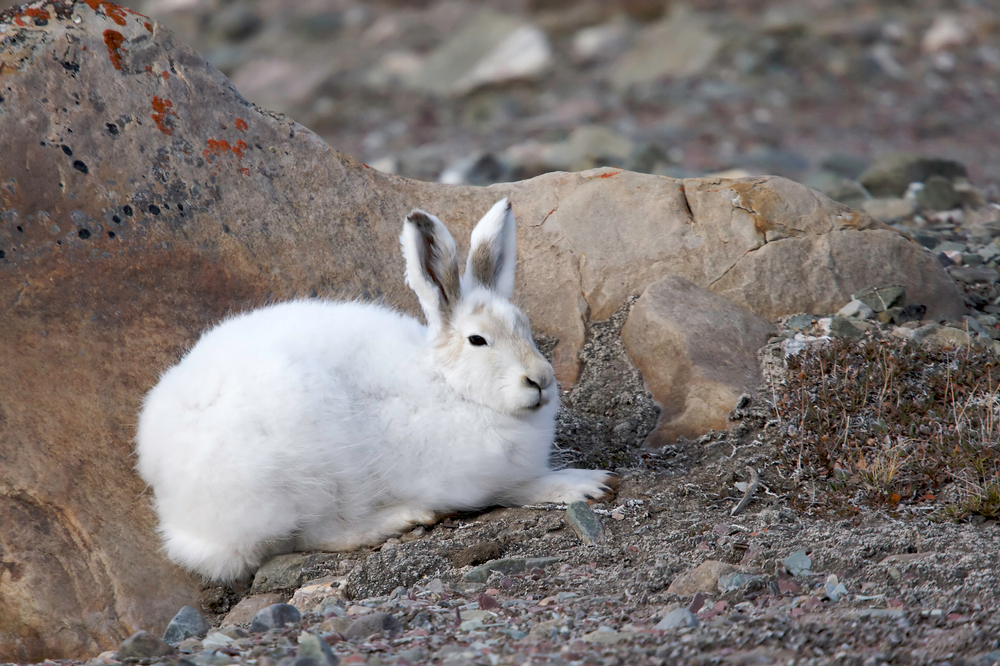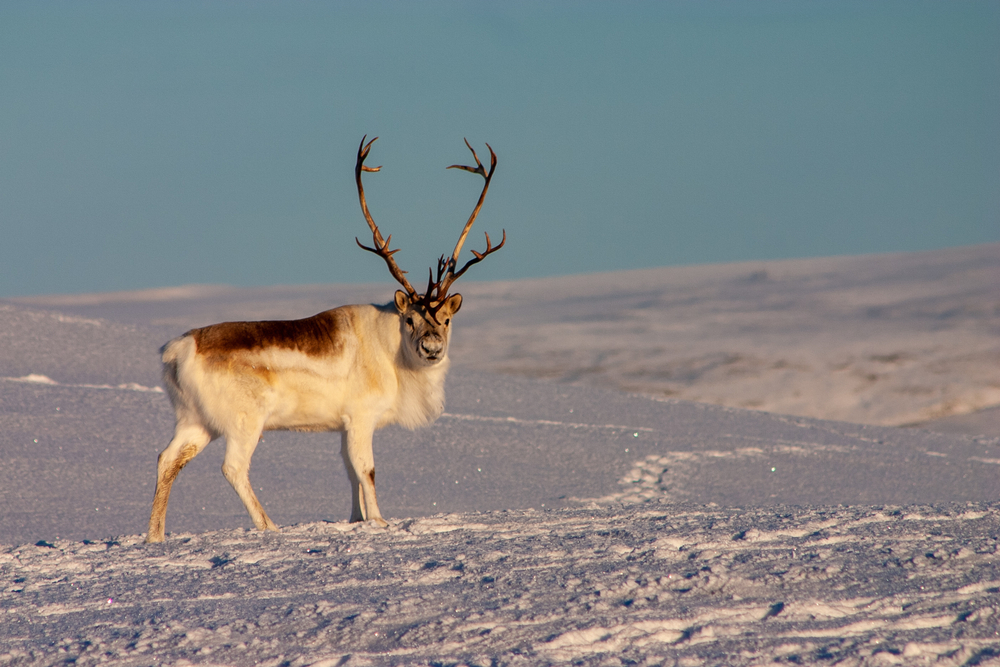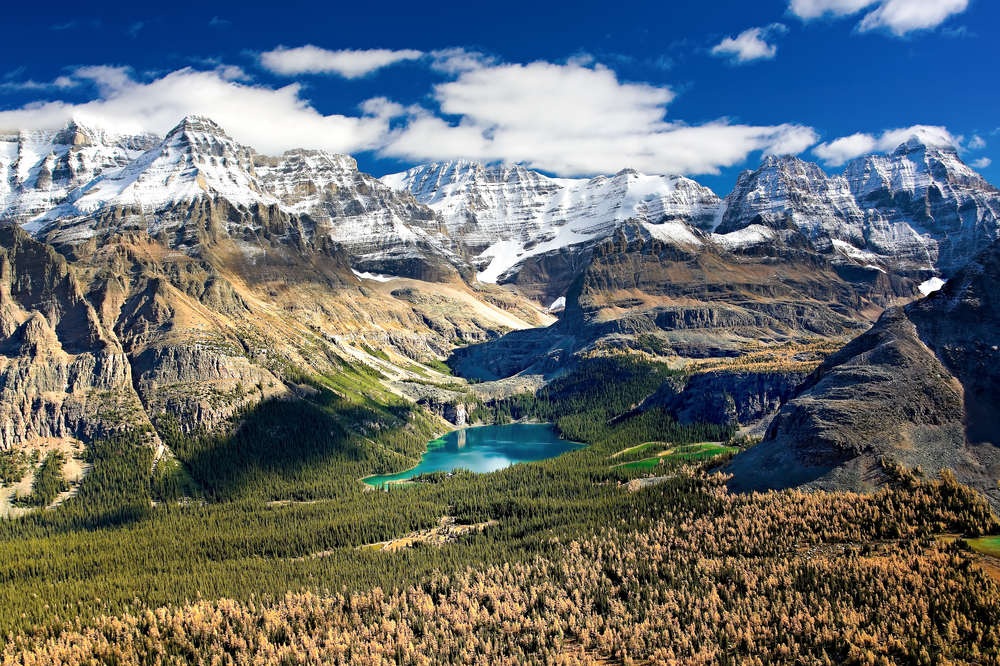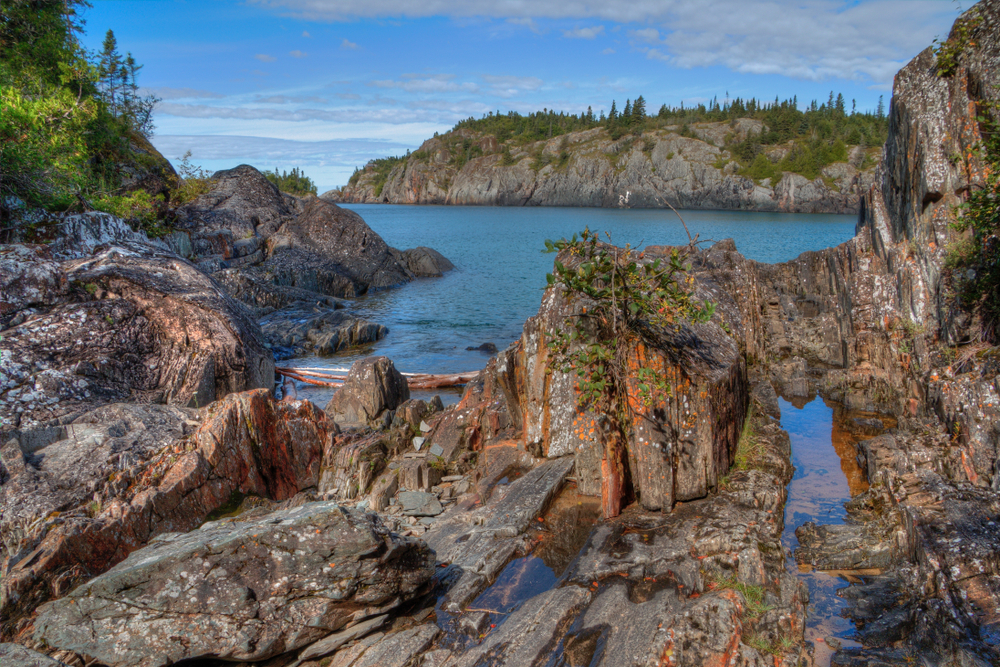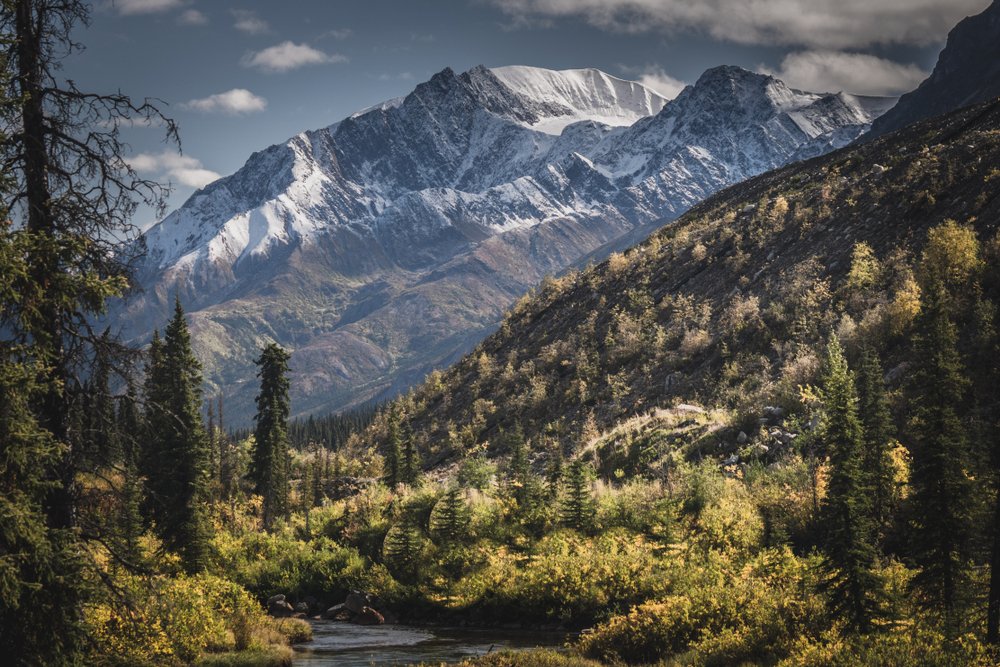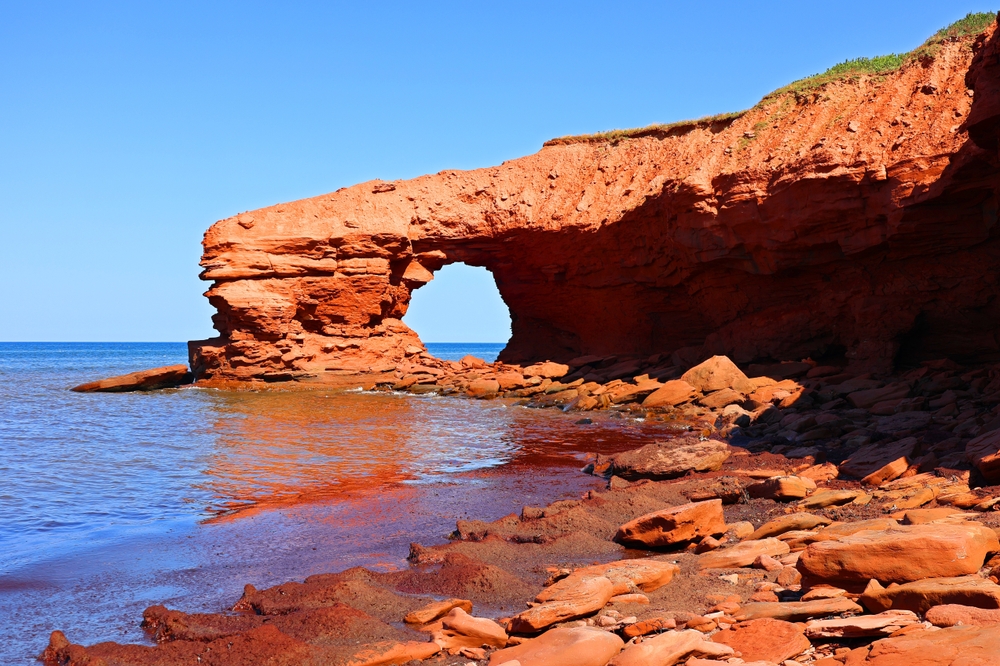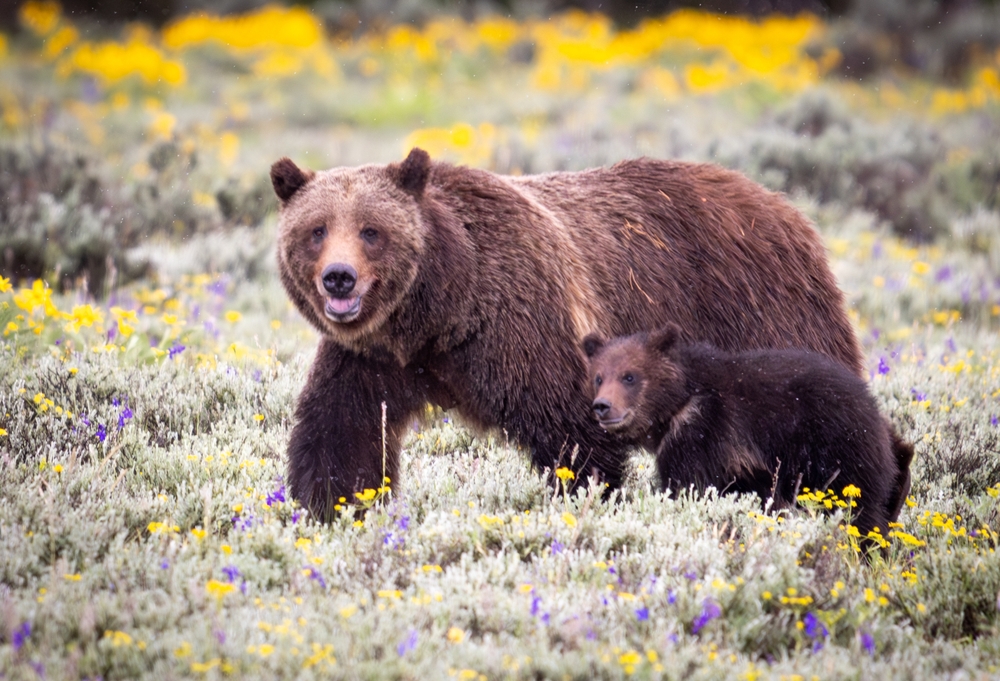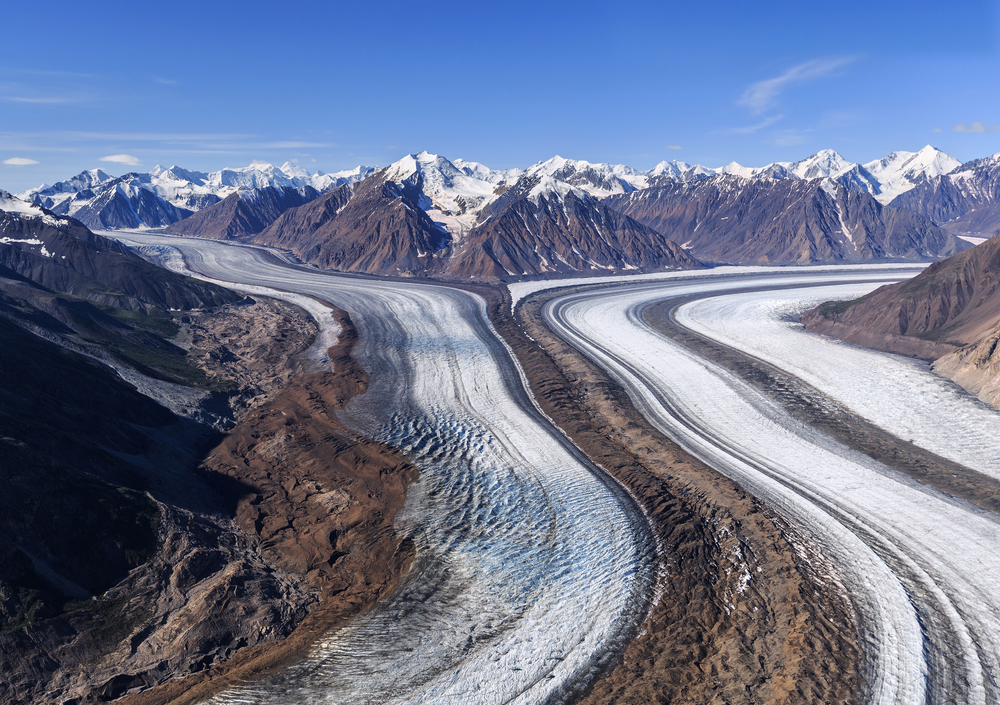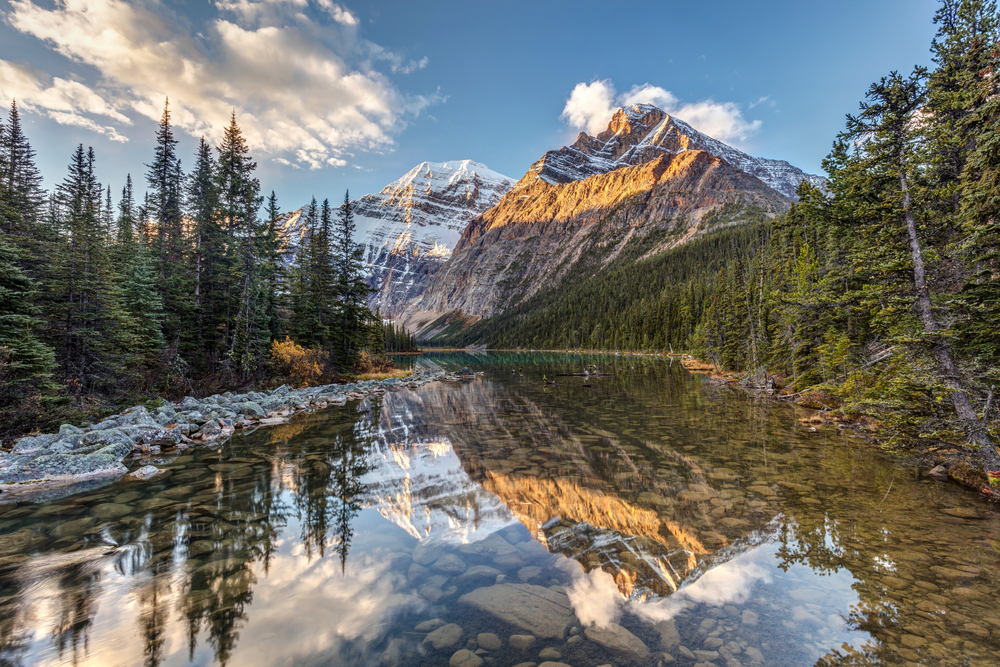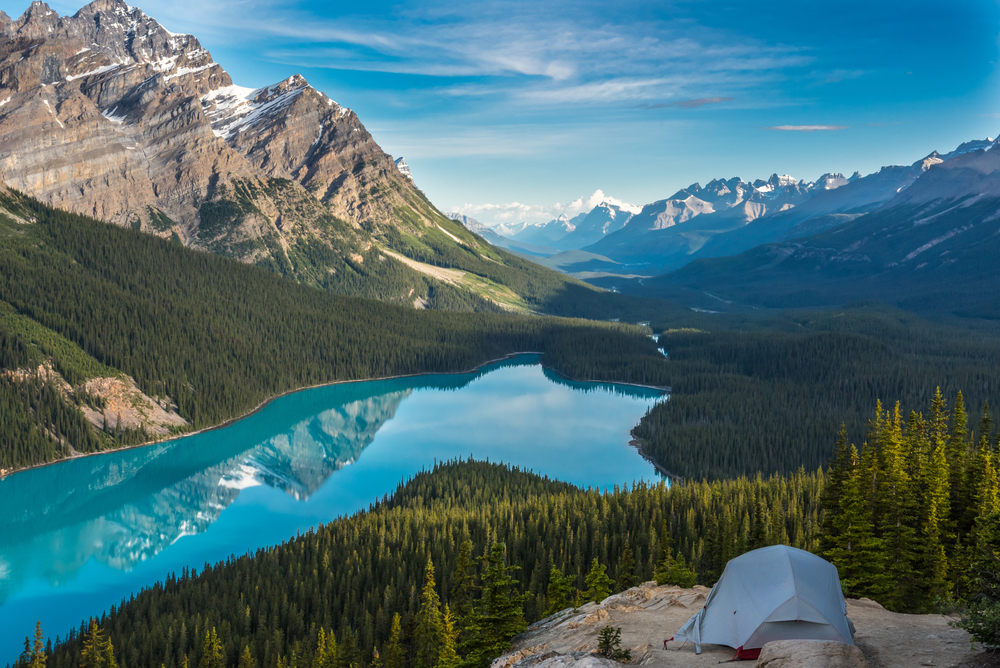Quttinirpaaq Overview
Quttinirpaaq National Park, which means “top of the world” in Inuktitut, is Canada’s northernmost national park, located on Ellesmere Island in Nunavut. Covering an area of approximately 14,585 square miles (37,775 square kilometers), it is the second-largest national park in Canada and one of the most remote protected areas in the world.
The park lies close to the North Pole, with its landscape dominated by a stark yet striking Arctic wilderness of ice caps, glaciers, and rugged mountains. The park’s defining features include the towering Barbeau Peak, which is the highest point in Nunavut at 8,583 feet (2,616 meters), and the massive Lake Hazen, one of the largest freshwater lakes above the Arctic Circle.
The terrain is primarily composed of polar desert, vast tundra, deep fjords, and sweeping ice fields, with sparse but resilient vegetation such as Arctic willows, saxifrages, and lichens clinging to the harsh environment.
Despite the extreme conditions, Quttinirpaaq is home to a remarkable range of Arctic wildlife. Muskoxen are among the most commonly sighted large mammals, often seen grazing in small herds across the tundra. Arctic wolves roam the park, preying on lemmings and Arctic hares, while Peary caribou, an endangered subspecies, make their way across the landscape in search of food.
Birdlife in the park is highly seasonal, with species such as snow buntings, gyrfalcons, and long-tailed jaegers arriving during the brief Arctic summer. The coastal areas may occasionally host polar bears, especially near ice floes where they hunt for seals. Lake Hazen and its surrounding wetlands provide habitat for migratory birds like red-throated loons and Arctic terns, which travel thousands of miles each year to breed in the short but intense summer months.
One of the most notable features of Quttinirpaaq National Park is its untouched and almost otherworldly remoteness. The park has a rich human history, with archaeological sites revealing traces of ancient Thule culture, ancestors of today’s Inuit. Visitors can explore remains of historic campsites used by Indigenous people as well as early European explorers, such as those who participated in Robert Peary’s Arctic expeditions.
The park’s extreme isolation means that only a few hundred visitors make the journey each year, usually via chartered flights from Resolute Bay. Most visitors experience the park through guided expeditions, backpacking treks, and paddling excursions on Lake Hazen. Due to the challenging conditions and lack of infrastructure, all travel in the park requires careful planning, with self-sufficiency and survival skills being essential.
Quttinirpaaq’s conservation challenges primarily stem from climate change, which is altering Arctic ecosystems at an accelerated rate. The park’s glaciers are retreating, and permafrost thawing threatens both wildlife and historical sites.
However, Parks Canada and Inuit co-management efforts are actively engaged in conservation initiatives to monitor environmental changes, protect wildlife populations, and ensure the preservation of cultural heritage. The park remains one of the most pristine Arctic environments in the world, serving as a critical area for scientific research on climate change and Arctic ecology.
Through careful management and cooperation with Inuit communities, Quttinirpaaq continues to be a symbol of Canada’s commitment to preserving its northern wilderness.








































































